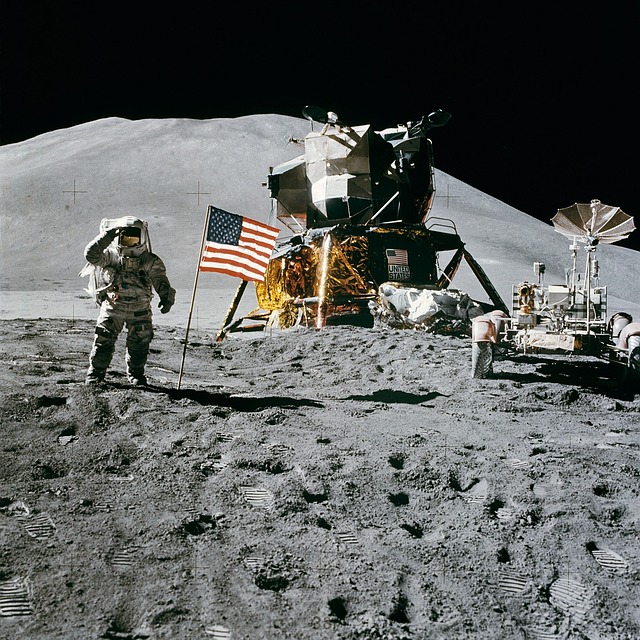Astrophysics and space exploration have always been at the forefront of scientific inquiry, pushing the boundaries of human knowledge and understanding. In recent years, the integration of artificial intelligence (AI) has revolutionized these fields, offering innovative solutions to complex challenges. In this blog post, we will explore the diverse applications of free AI tools across various domains of astrophysics and space exploration.
AI-Powered Image Analysis for Astronomical Data
In the vast expanse of the cosmos, analyzing astronomical images is crucial for understanding celestial phenomena. AI tools like Astropy, DS9, and Astrometry.net leverage advanced algorithms to process and analyze these images efficiently. From identifying celestial objects to studying galaxies and detecting exoplanets, AI-driven image analysis plays a pivotal role in unraveling the mysteries of the universe.
Machine Learning for Exoplanet Discovery
The search for exoplanets – planets beyond our solar system – is one of the most exciting endeavors in modern astronomy. Machine learning algorithms, coupled with data from telescopes like Kepler and TESS, have revolutionized exoplanet discovery. By analyzing light curves and spectroscopic data, these algorithms can detect the subtle signatures of exoplanets orbiting distant stars, opening new avenues for exploration.
Harnessing Natural Language Processing for Literature Review and Data Mining
In the vast sea of scientific literature, extracting relevant information can be a daunting task. Natural Language Processing (NLP) tools like NASA Astrophysics Data System (ADS) and arXiv simplify this process by summarizing research articles, identifying trends, and extracting key insights. Researchers can leverage these tools to stay updated with the latest advancements in astrophysics and space exploration.
AI for Autonomous Spacecraft Operations
Operating spacecraft in the harsh environment of space requires precise navigation and decision-making. AI frameworks like OpenAI Gym and PySC2 enable spacecraft autonomy by facilitating reinforcement learning and decision-making algorithms. From autonomous navigation to trajectory planning, these AI tools enhance the efficiency and reliability of spacecraft operations, paving the way for future space missions.
Predictive Analytics for Space Weather Forecasting
Space weather – the dynamic conditions in space influenced by solar activity – poses significant challenges to satellite communication, navigation, and astronaut safety. Predictive analytics tools leverage AI techniques like neural networks and ensemble methods to forecast solar flares, geomagnetic storms, and auroras. By providing early warnings and accurate forecasts, these tools mitigate the impact of space weather on Earth and space-based assets.
Conclusion
The fusion of artificial intelligence with astrophysics and space exploration heralds a new era of discovery and innovation. From analyzing astronomical images to discovering exoplanets, from mining scientific literature to operating autonomous spacecraft, and from forecasting space weather to safeguarding space missions, free AI tools offer limitless possibilities for researchers and space agencies alike. As we continue to explore the cosmos, the synergy between AI and space science will undoubtedly shape the future of humanity’s journey into the unknown.






